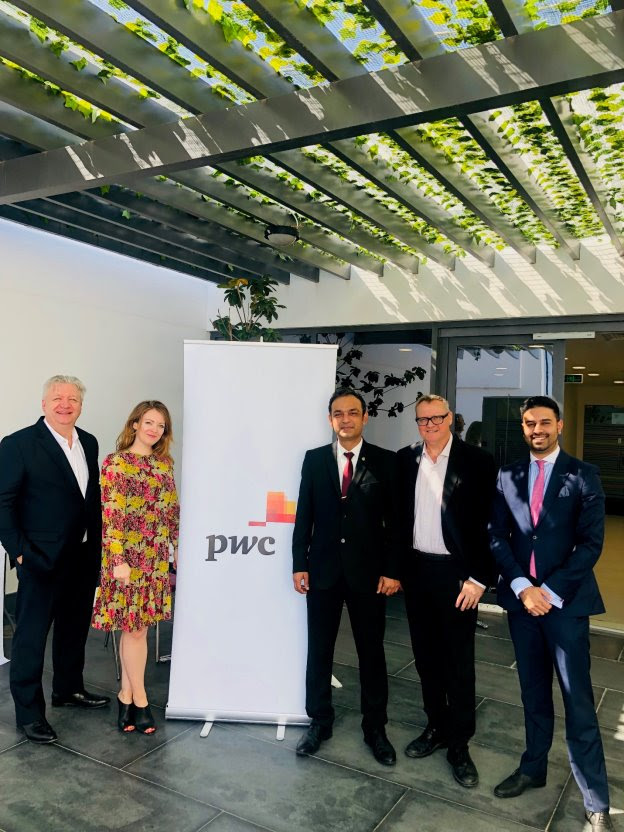
Muscat: The sheer speed, scope and impact of technological change is challenging businesses and society at large in fundamental ways. A PwC ME report said that 60 per cent believe technology will improve our job prospects as upskilling becomes an imperative across disciplines. And tax is no exception. The latest report examines what the tax function of the future looks like, and identifies six key areas for businesses in the region to address.
The report - 'Six priorities for your tax agenda: Tax function of the future 2019/20' was launched at a series of digital breakfast seminars across the Middle East, where the firm’s digital tax experts showcased cutting edge and emerging technologies such as Robotic Process Automation, data analytics and visualisation tools, as well as data management and compliance-enabling technologies. These tools and solutions are available to businesses right now, whatever their size, to enable them to improve, streamlines and ultimately strengthen their tax management.
A survey conducted at these events revealed that every business who came along believe their tax management activities will be impacted by the ongoing digital tax changes and requirements, with 72 per cent strongly agreeing that they can see the benefit in upskilling and investing in the capabilities of their people to meet these needs, and 56 per cent considering technology solutions to respond to new tax requirements.
Speaking at the Muscat event, PwC Oman Tax Leader Darcy White said, "Data is at the heart of tax and business strategic decision making. The purpose of launching this report and hosting these events has been to showcase the opportunities that data analytics can bring to managing tax, including optimising data assets and capitalising on untapped business intelligence. The tax and shadow tax function and professional of the future will have to be more data-savvy. There is a fantastic opportunity to further leverage data analytics within tax functions for greater contributions to the bottom line and we are so excited to be bringing these opportunities to our clients right now.”
The value of data analytics and automation in tax functions
New data analytics and extraction tools designed to automate repetitive tasks such as VAT exception testing, invoice processing, and fulfil reporting requirements, show the power that embracing small automation has to increase financial and cost savings for any business - at a relatively low cost.
With the increasing amount of time being spent by tax functions on data extraction to meet tax or financial reporting requirements, there is a real drive to automate processes so more time can be spent on value-adding work.
Tax functions also deal with increasing amounts of valuable data - and this data can provide insights into how the company can manage the tax costs of people mobility, supply chains as well as maximising the tax benefits in areas such as mergers and acquisitions.
There are currently several key drivers for companies to investigate how data analytics can assist their tax function - and the increasing trend nationally is towards real-time reporting in areas such as payroll and VAT, requiring companies to have a better handle on their data.
The Omani tax landscape
“The continuously developing tax landscape in Oman - and internationally - demonstrates the need for organisations to have a strong tax function that is in tune with, and well-connected to the broader business,” White adds. “This is critical for the long-term success of companies to ensure that they are agile and able to respond to any tax developments or requirements imposed upon them - and adapting internal systems and processes using the latest in technology is going to be key to achieving this agility.”
“Now, more than ever, companies will need to be able to quickly access data and models for decision making and planning for potentially complex and overlapping rules, as well as meeting multiple compliance obligations,” White continues. “Going forward, tax and shadow tax functions need to be connected with their businesses from governance, legal, strategic and technology perspective. These are critical touchpoints that demand a collaborative - rather than reactive - approach so that organisations can achieve an optimal and efficient tax function that is fit for tomorrow, today.”